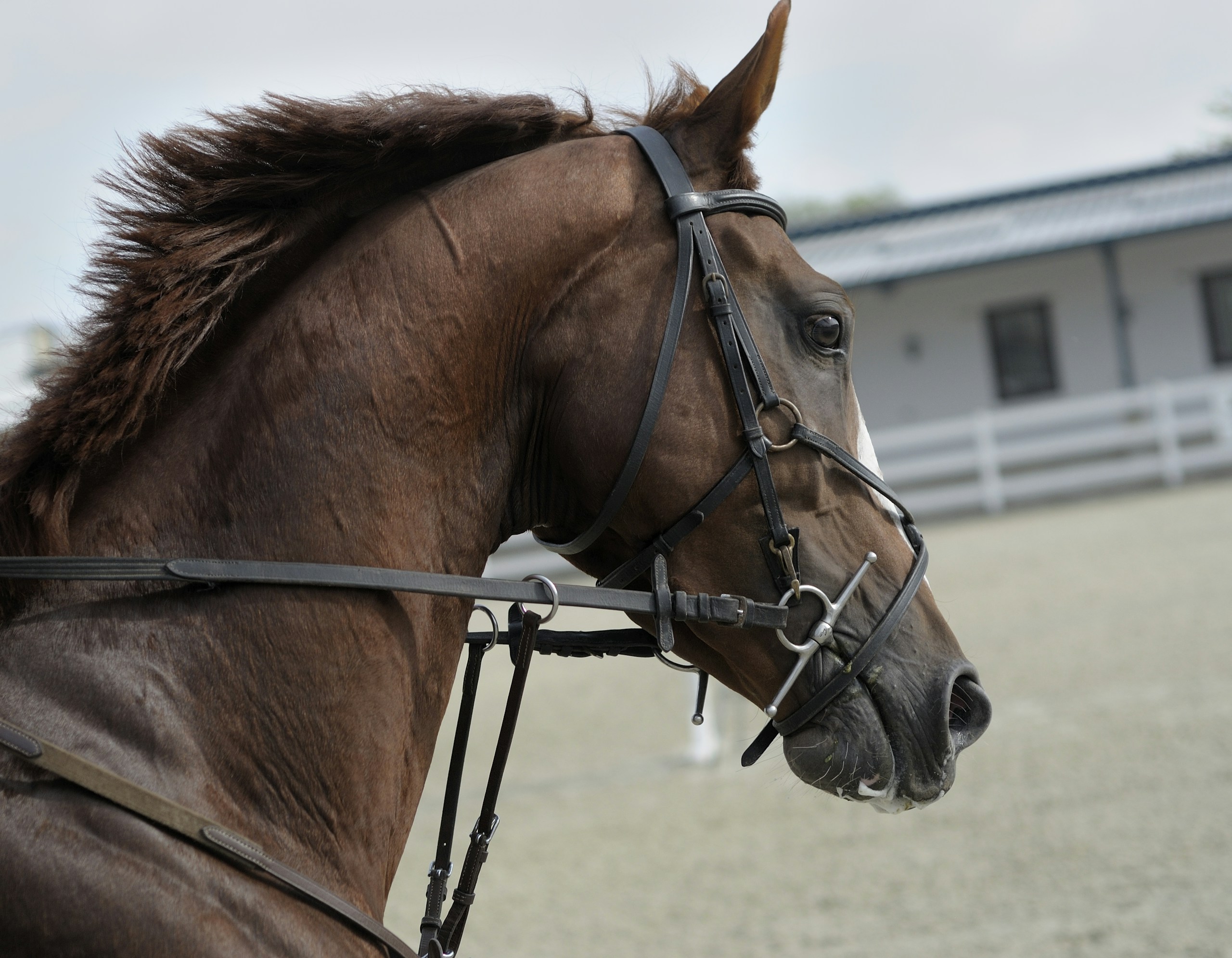Lunge sessions are an important aspect of equestrian training, providing a means of exercise and training for horses, as well as a way for riders to assess their horse’s movements and behavior. In this article, we’ll take a closer look at what a lunge session is, how to perform one, the benefits of a lunge session for competitions, and how to keep a horse safe during a lunge session.
What is a Lunge Session?
A lunge session involves the horse being led in a circle on a long line, with the handler remaining in the center of the circle. The long line is usually around 25-30 feet in length and is attached to the horse’s halter or bridle. The handler controls the horse’s speed and direction by using verbal commands and physical cues, such as body language and the whip.
During a lunge session, the horse is expected to walk, trot, and canter in a controlled manner, with the handler adjusting the speed and direction as necessary. The handler can also use ground poles and cavaletti to vary the horse’s gait and provide additional training and exercise.
How to Perform a Lunge Session
Before starting a lunge session, it’s important to ensure that the horse is properly warmed up and that the equipment is in good condition. The handler should wear gloves and appropriate footwear, and should have a lunge whip and possibly ground poles or cavaletti on hand.
To begin, the horse should be positioned in the center of the circle, facing outwards. The handler should stand facing the horse and take up the slack in the long line, holding it loosely in their hand. The handler can then give the command for the horse to walk, using verbal cues or a gentle flick of the whip.
As the horse begins to walk, the handler should gradually take up the slack in the line and begin to direct the horse in a circle. The handler should use their body language and the whip to encourage the horse to move forward and maintain a steady pace. The handler can also use verbal cues to indicate when to change gait or direction.
As the horse becomes more comfortable with the lunge session, the handler can introduce ground poles and cavaletti to vary the horse’s gait and provide additional training and exercise. The handler should always be aware of the horse’s behavior and should adjust the session as necessary to ensure the horse’s safety and well-being.
Benefits of a Lunge Session for Competitions
Lunge sessions can be particularly beneficial for horses that are preparing for competitions. They provide a means of assessing the horse’s movement and behavior, allowing the rider to identify any areas that may need improvement. By varying the horse’s gait and introducing ground poles and cavaletti, the rider can also improve the horse’s balance and flexibility, which can be important for certain equestrian disciplines, such as dressage and show jumping.
Lunge sessions can also provide a way for the rider to work on their own skills and technique, as they can observe the horse’s movement from the ground and adjust their cues and commands accordingly. This can help the rider to develop a better understanding of their horse and improve their overall riding ability.
How to Keep a Horse Safe During a Lunge Session
While lunge sessions can be a valuable training tool, it’s important to keep the horse’s safety in mind at all times. The handler should always be aware of the horse’s behavior and should adjust the session as necessary to ensure the horse’s well-being.
Some tips for keeping a horse safe during a lunge session include:
- Using appropriate equipment, such as a well-fitted halter or bridle and a strong, flexible long line
- Ensuring that the lunge area is clear of any obstacles or hazards that could pose a danger to the horse
- Gradually introducing the horse to the lunge session, starting with shorter periods of time and slower gaits and gradually building up to longer sessions and faster gaits
- Monitoring the horse’s behavior and body language for any signs of discomfort, such as pinned ears or tail swishing, and adjusting the session as necessary
- Using the lunge whip sparingly and only as a last resort, as overuse of the whip can cause the horse to become stressed or anxious
- It’s also important to note that lunge sessions should never be used as a substitute for riding. While they can be a valuable training tool, horses still need regular riding to develop their balance, coordination, and muscle strength.
In conclusion, lunge sessions are an important aspect of equestrian training, providing a means of exercise and training for horses, as well as a way for riders to assess their horse’s movements and behavior. By following the proper techniques and safety guidelines, handlers can help keep their horse safe and healthy while also improving their performance in competitions.
